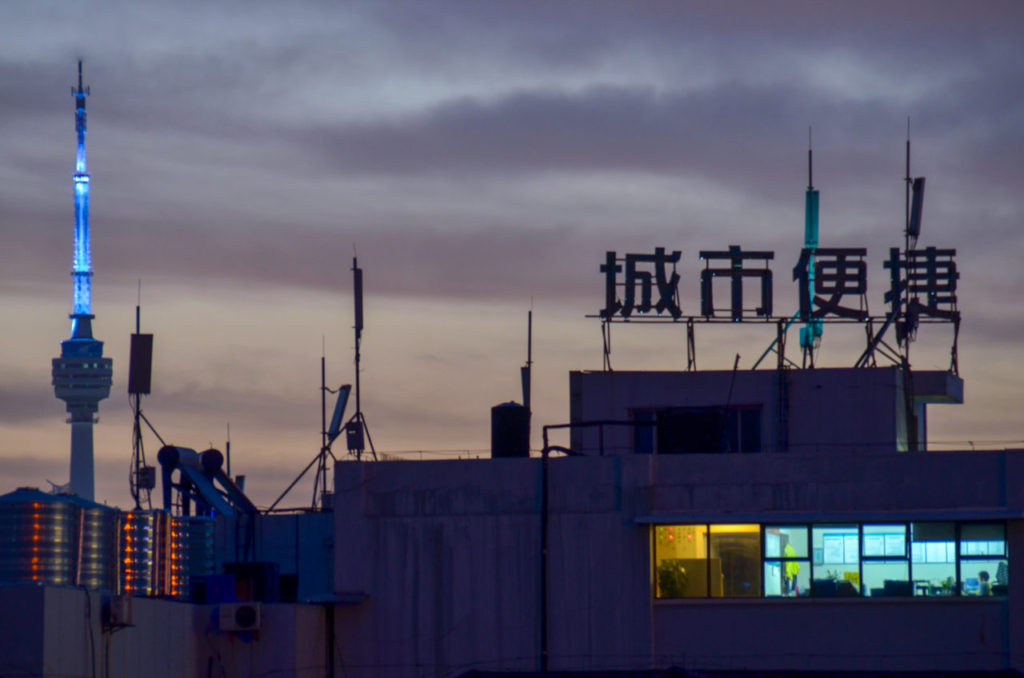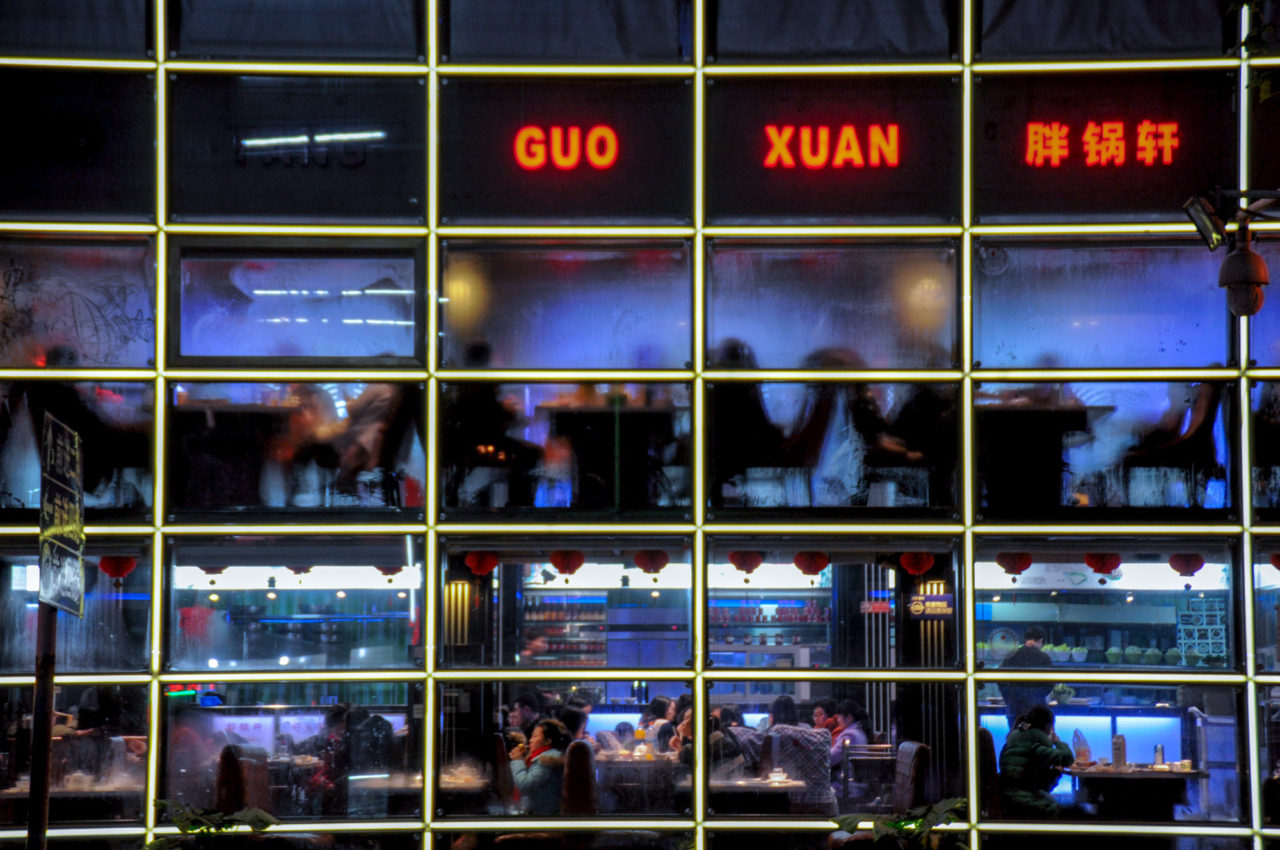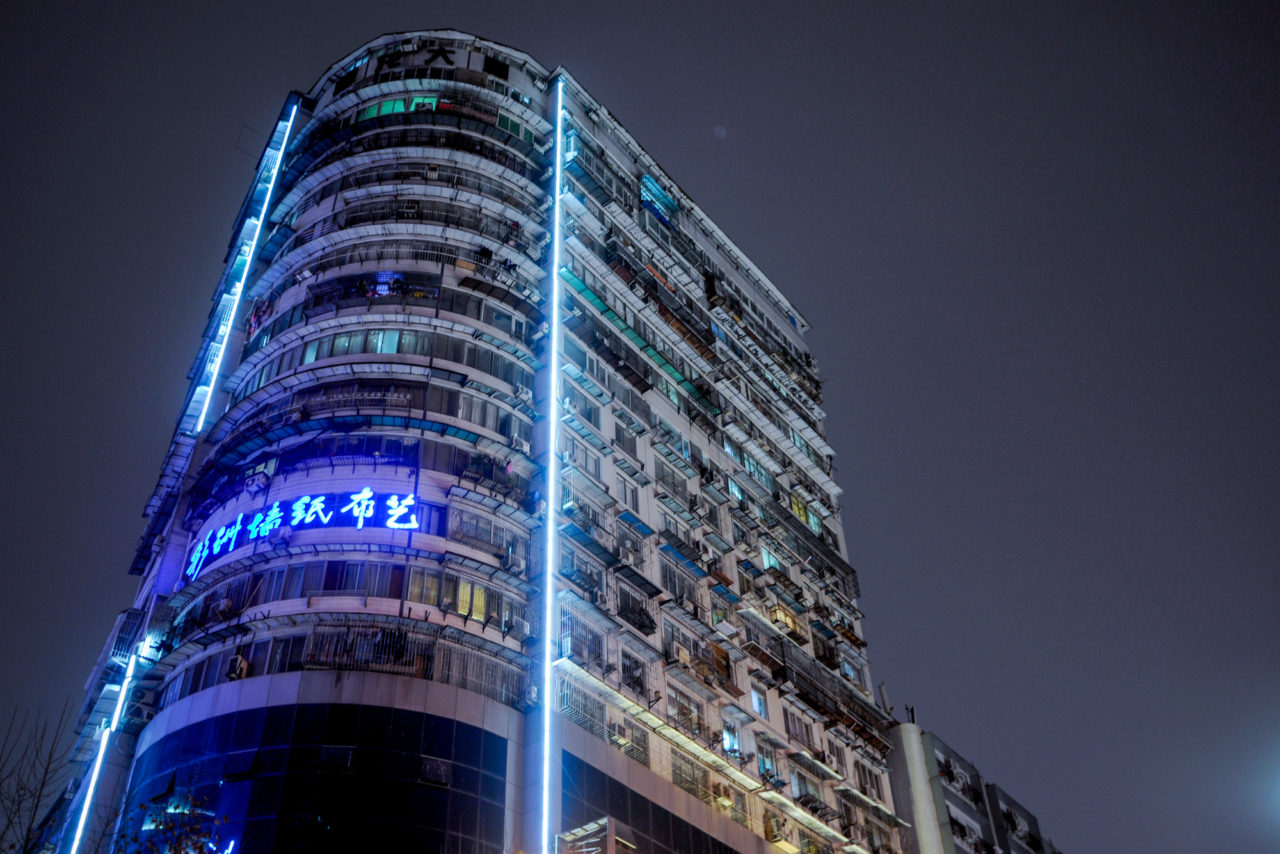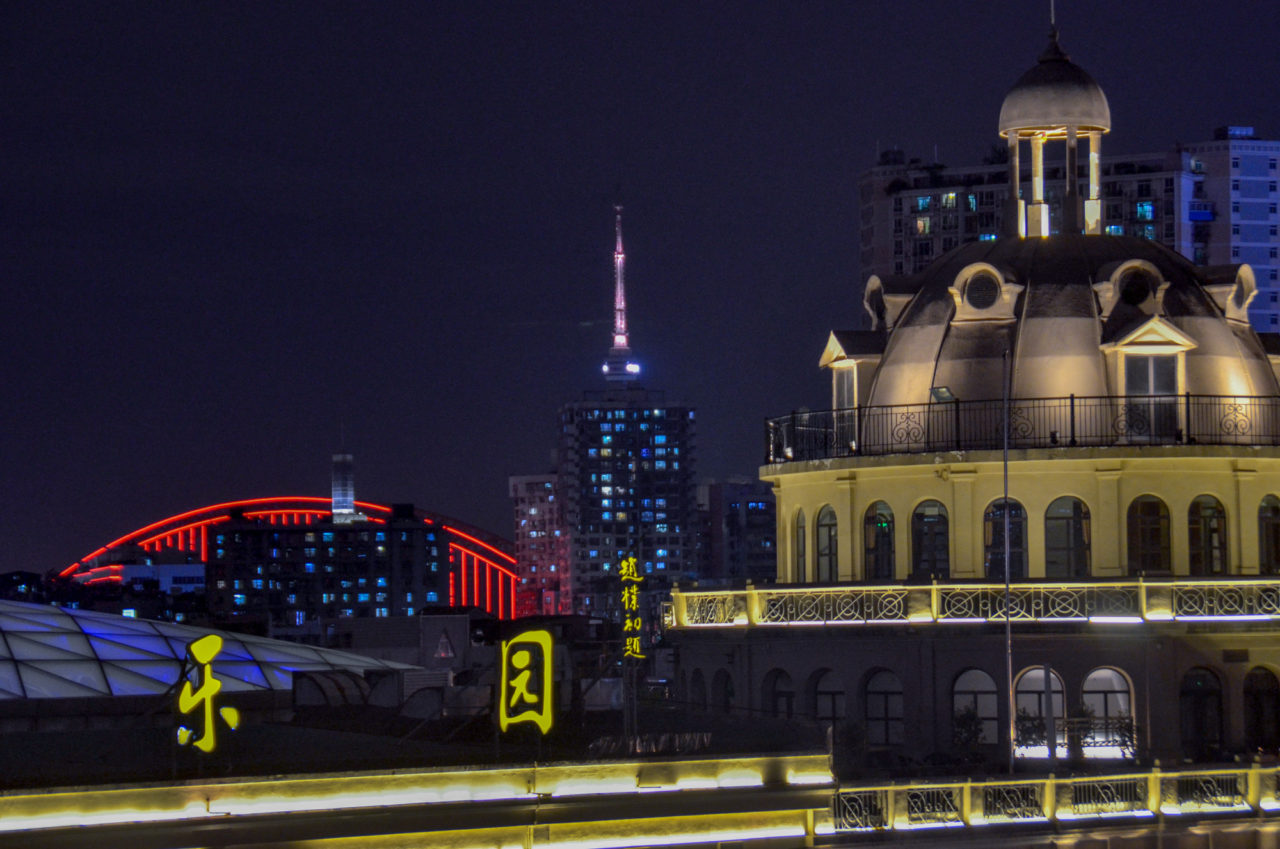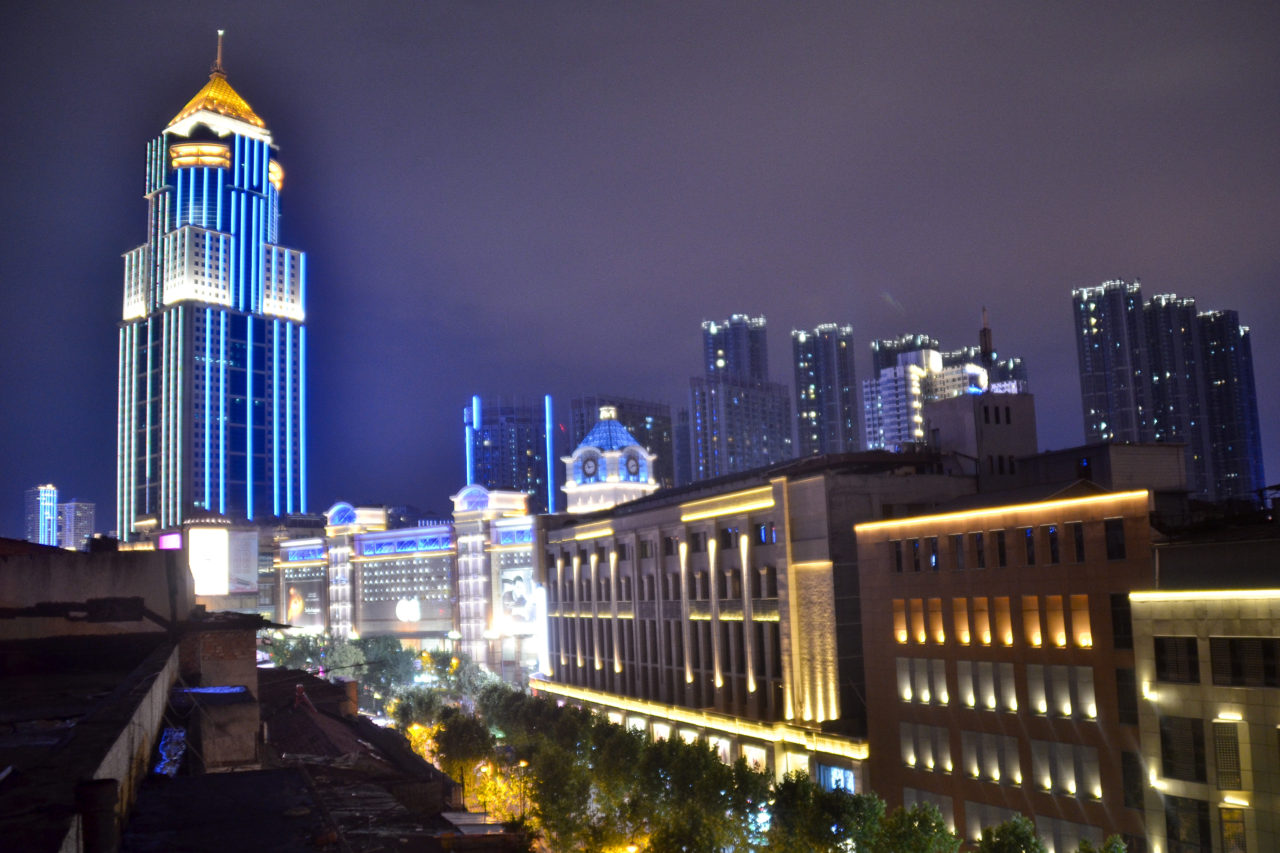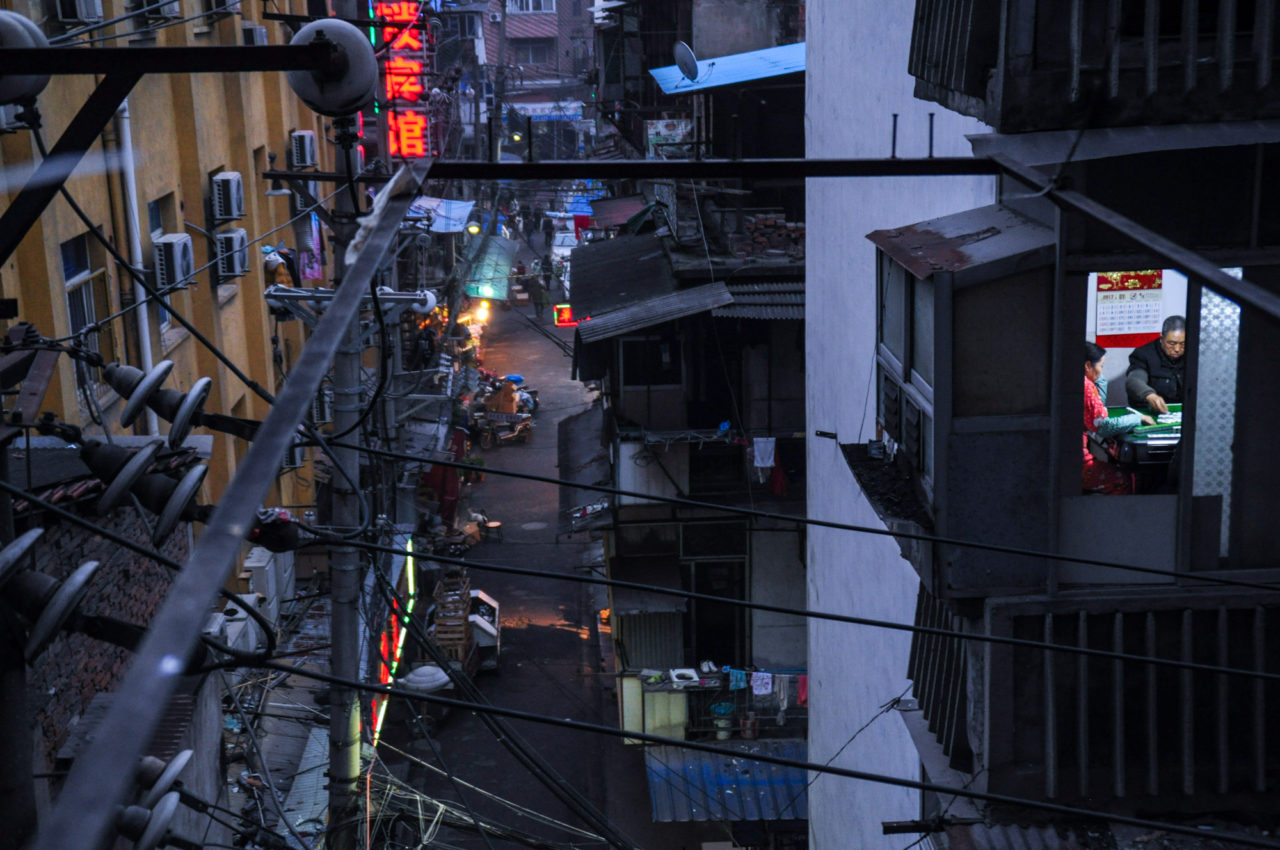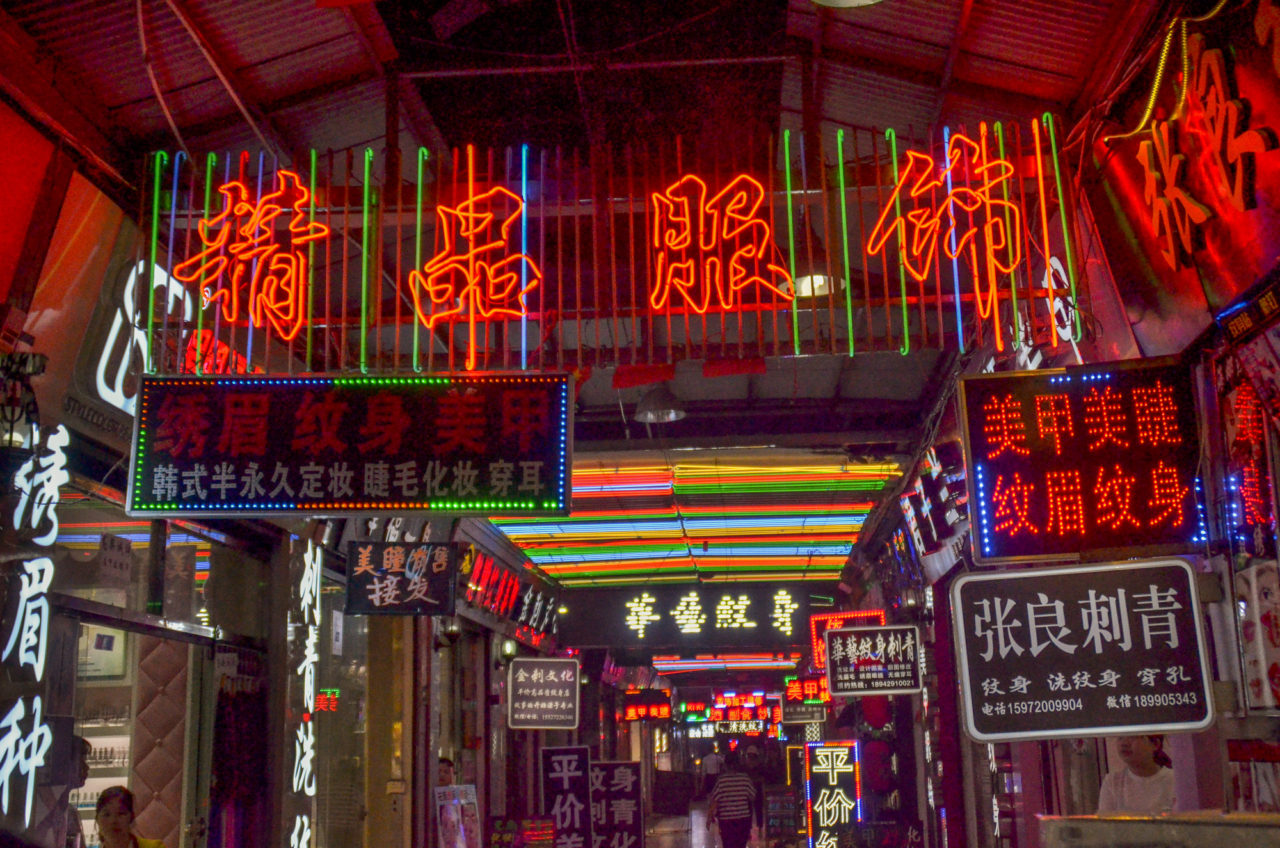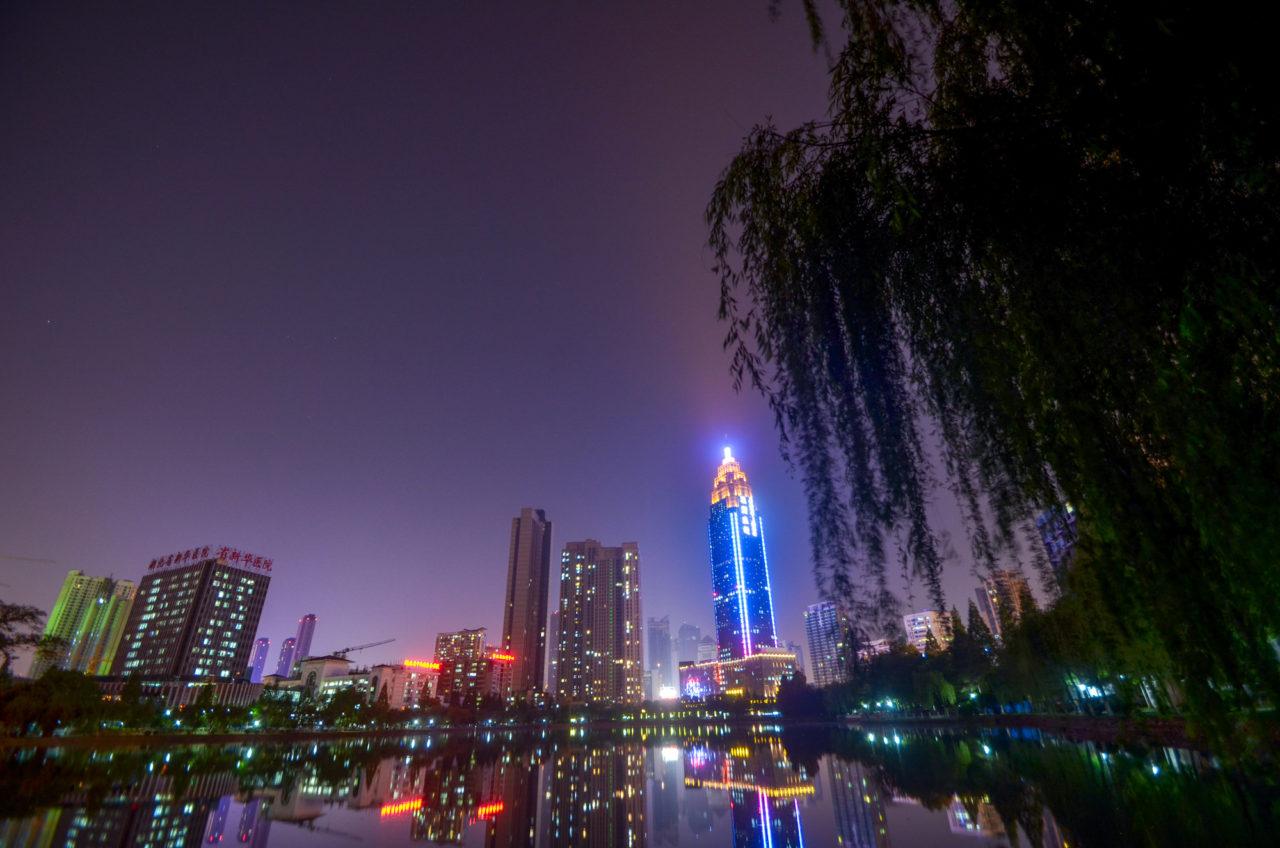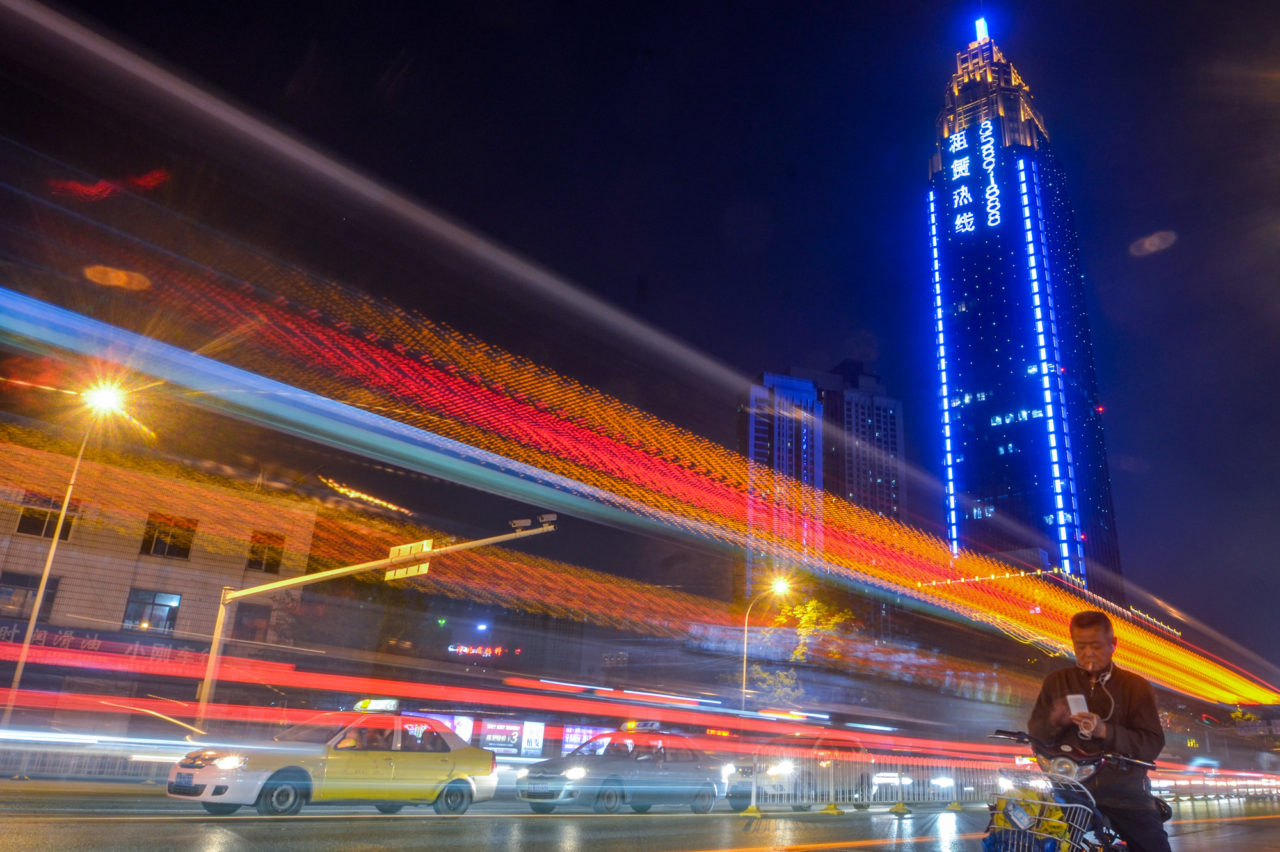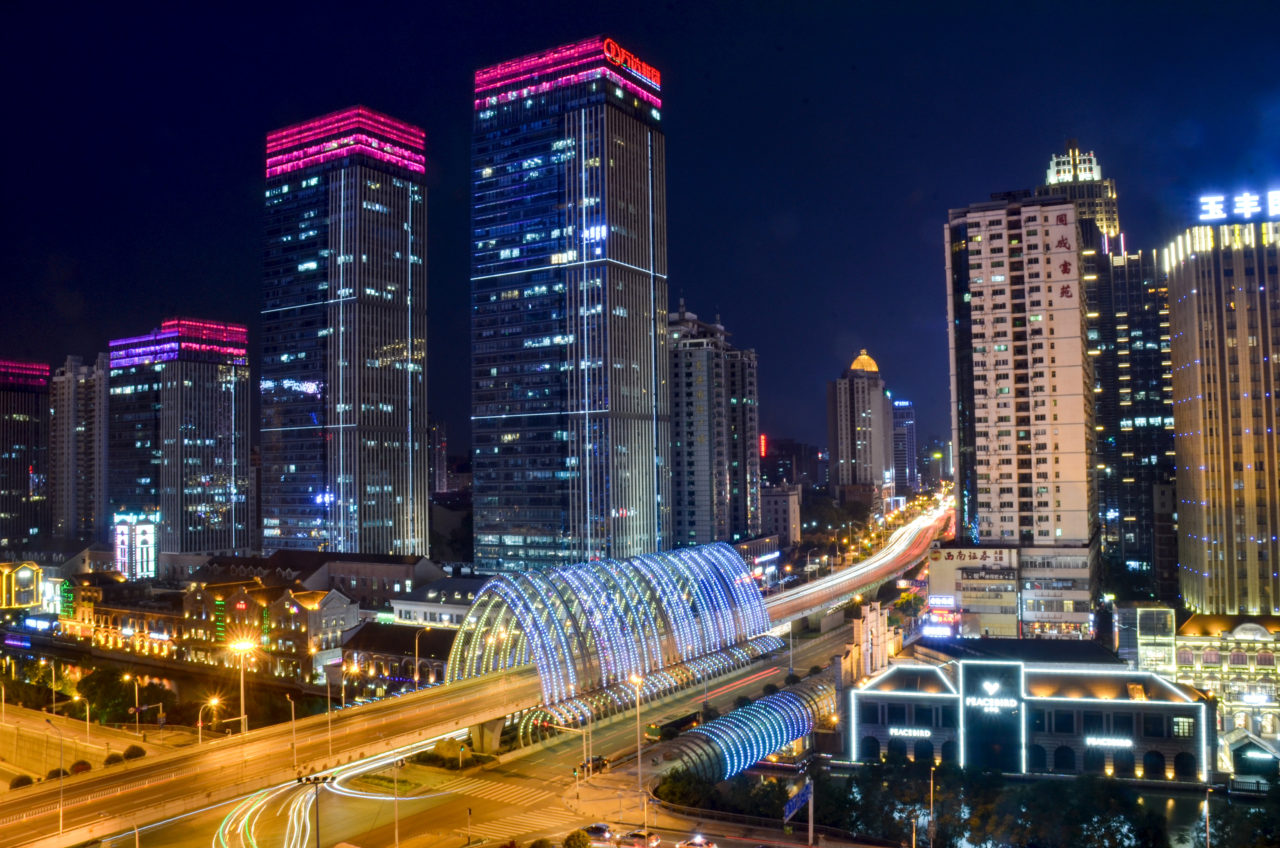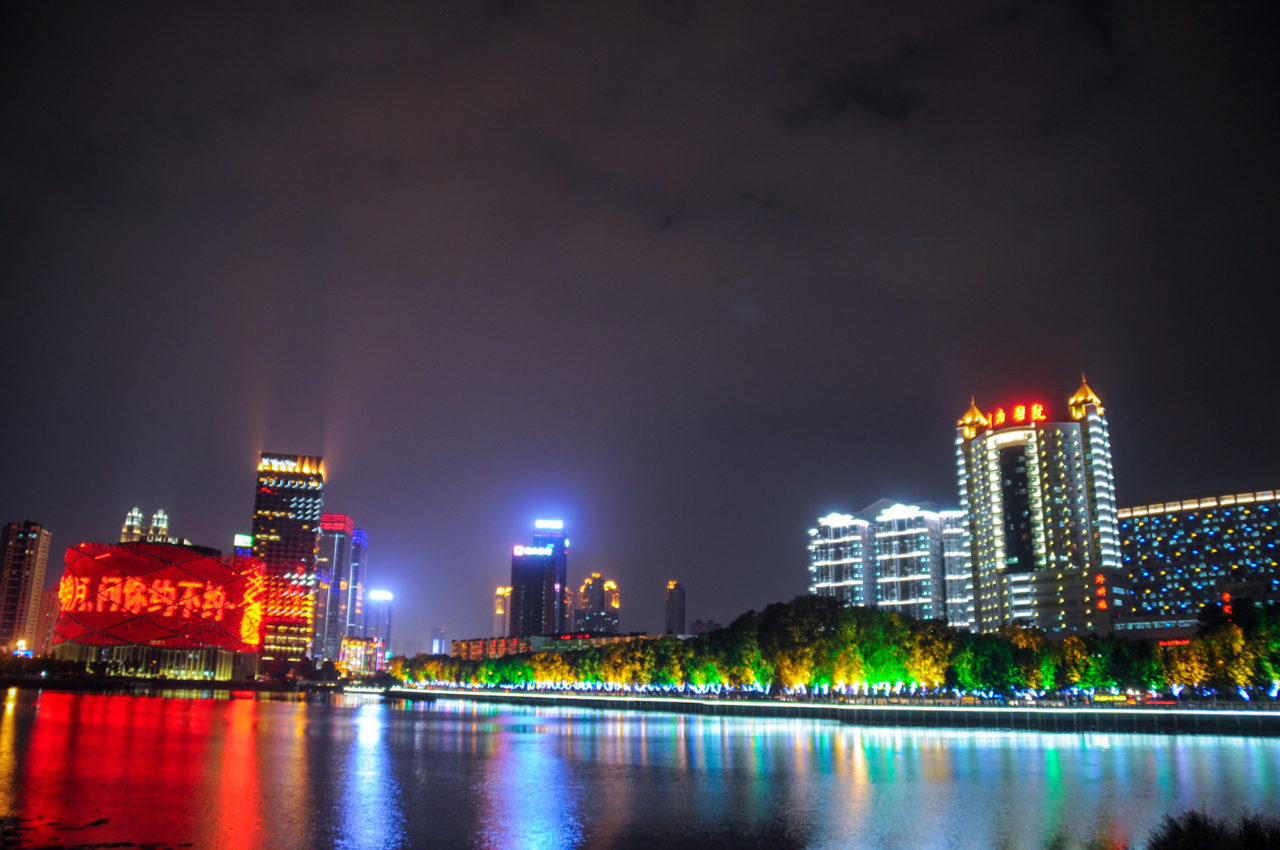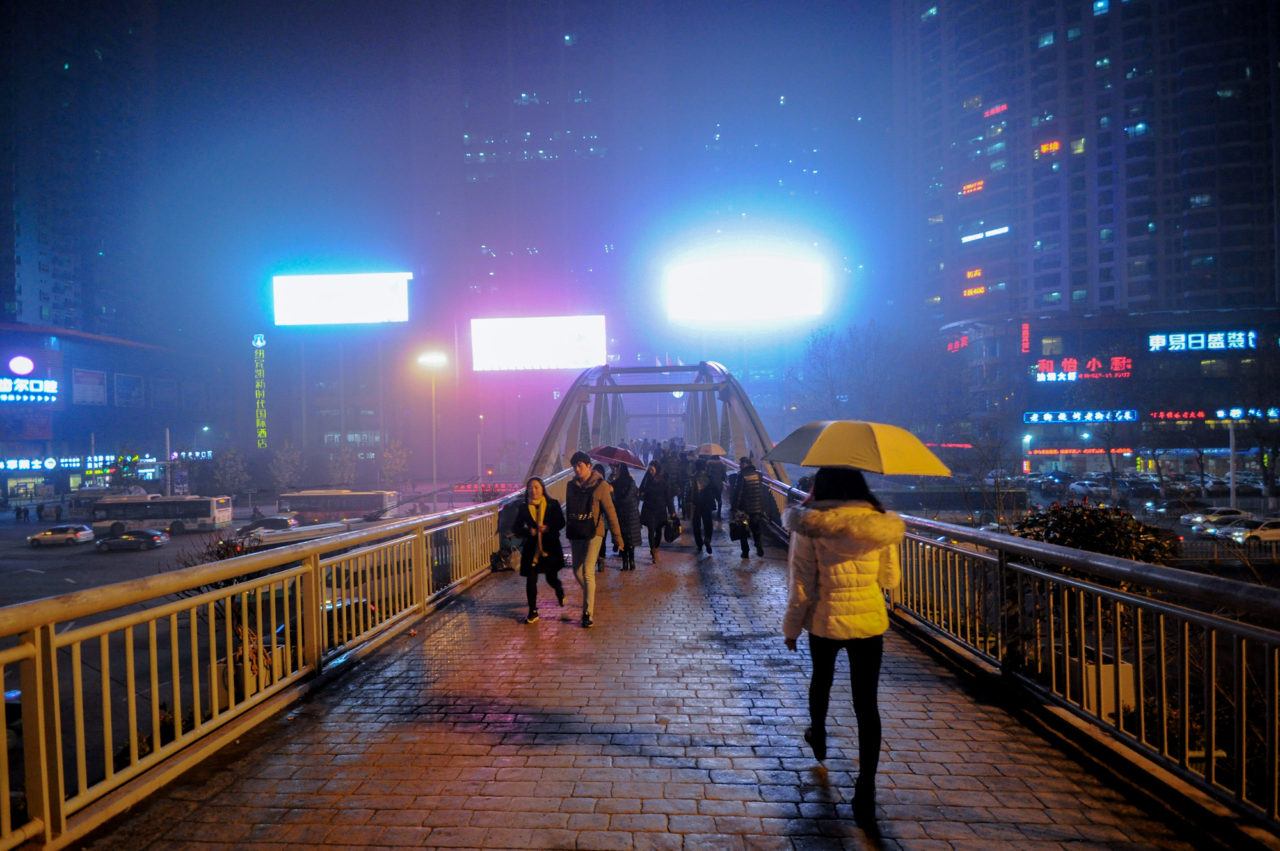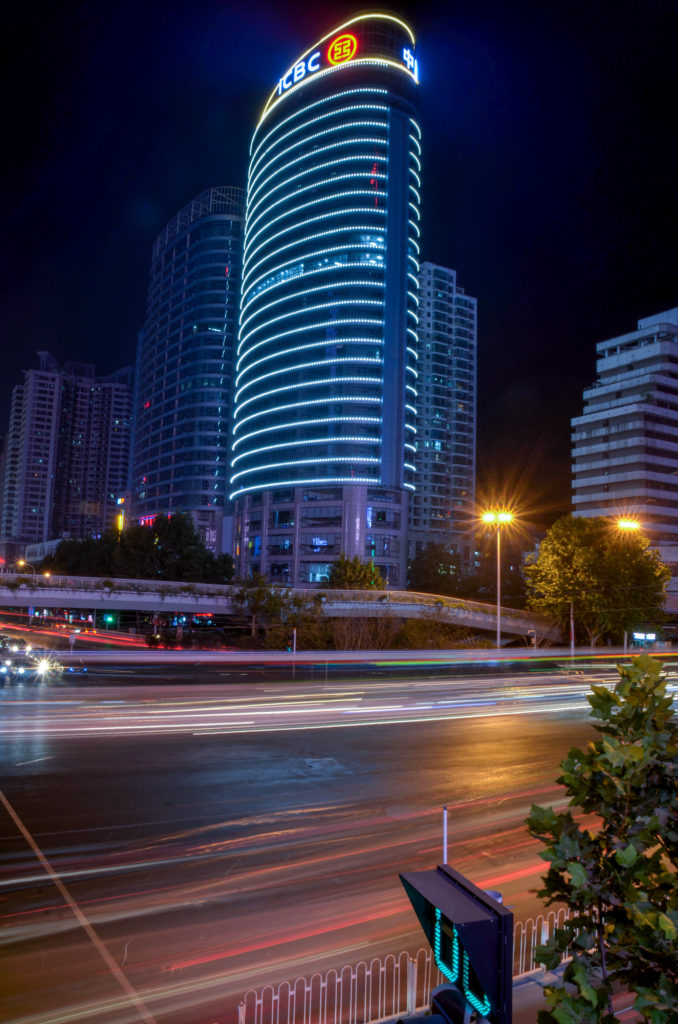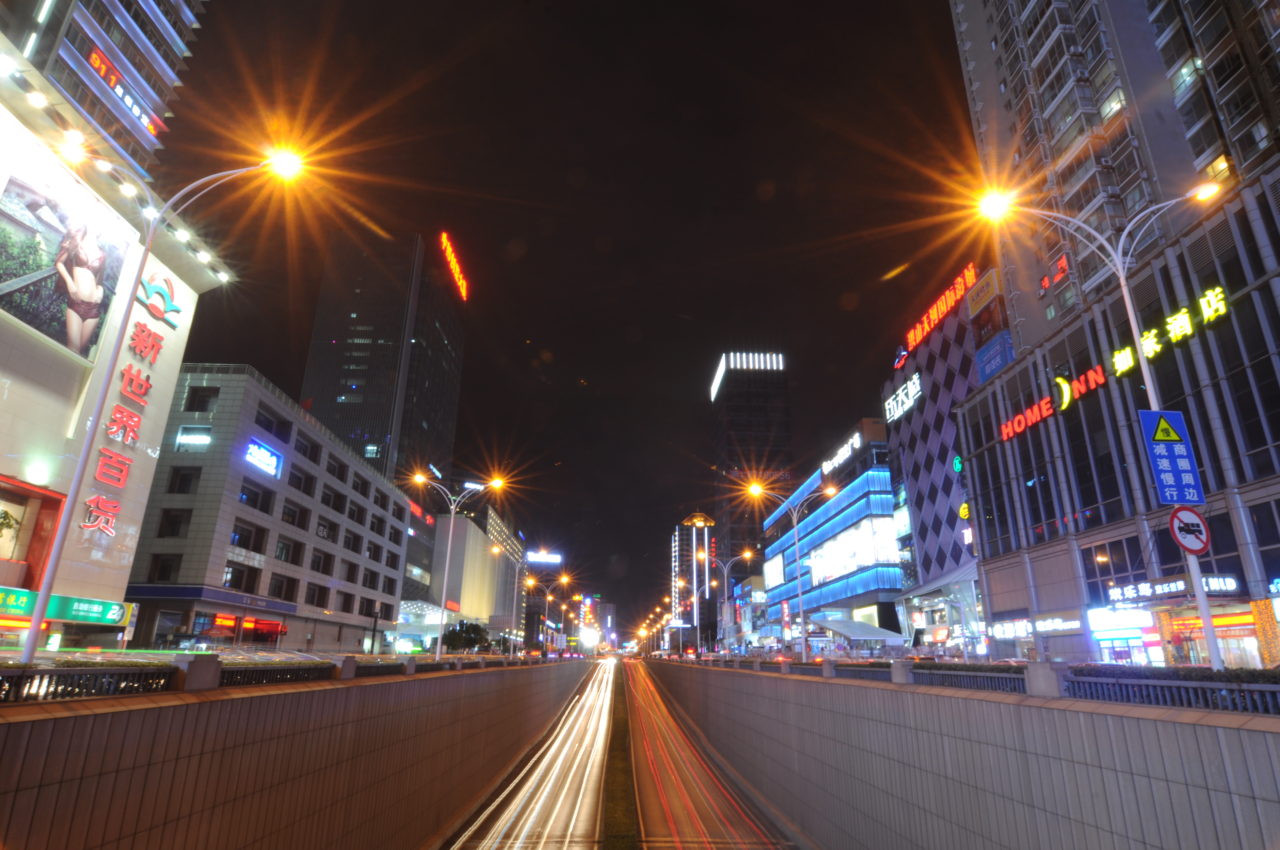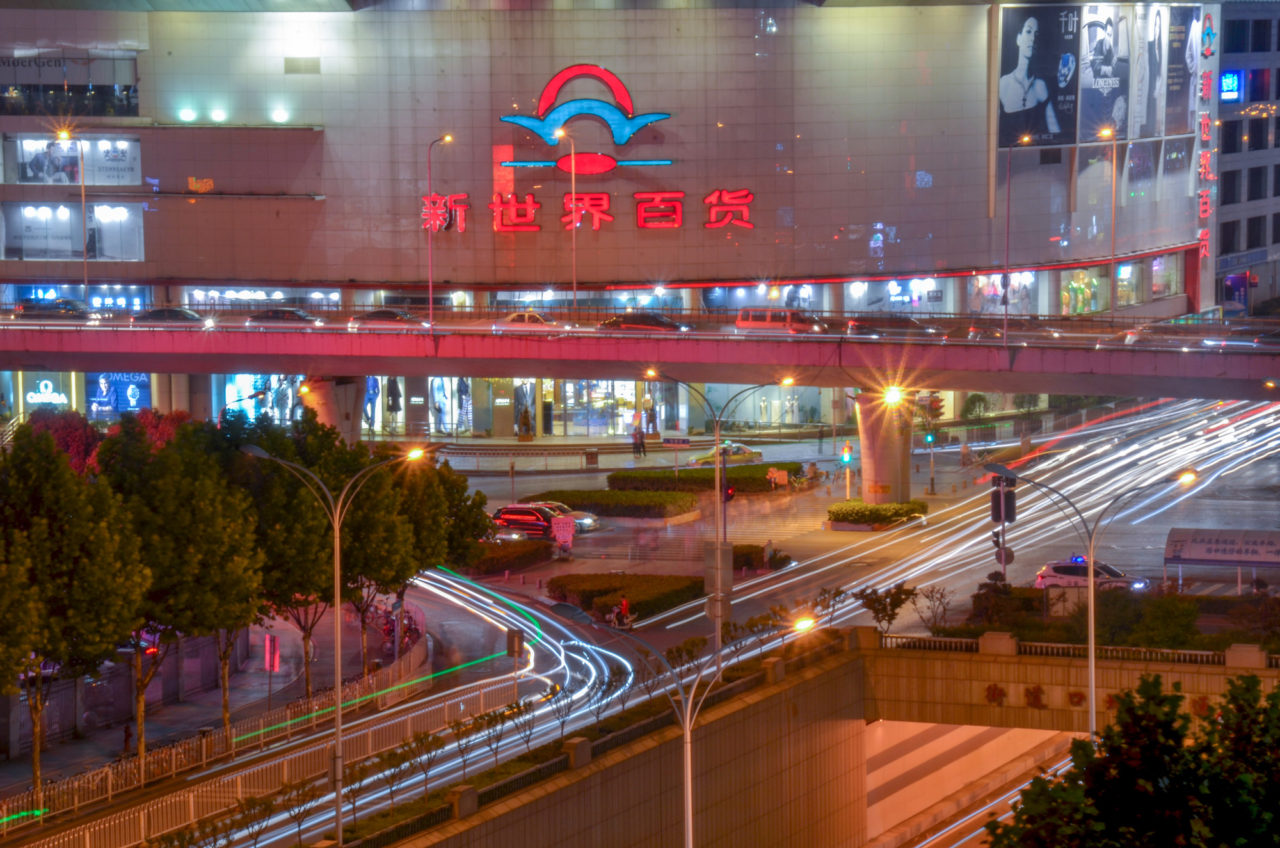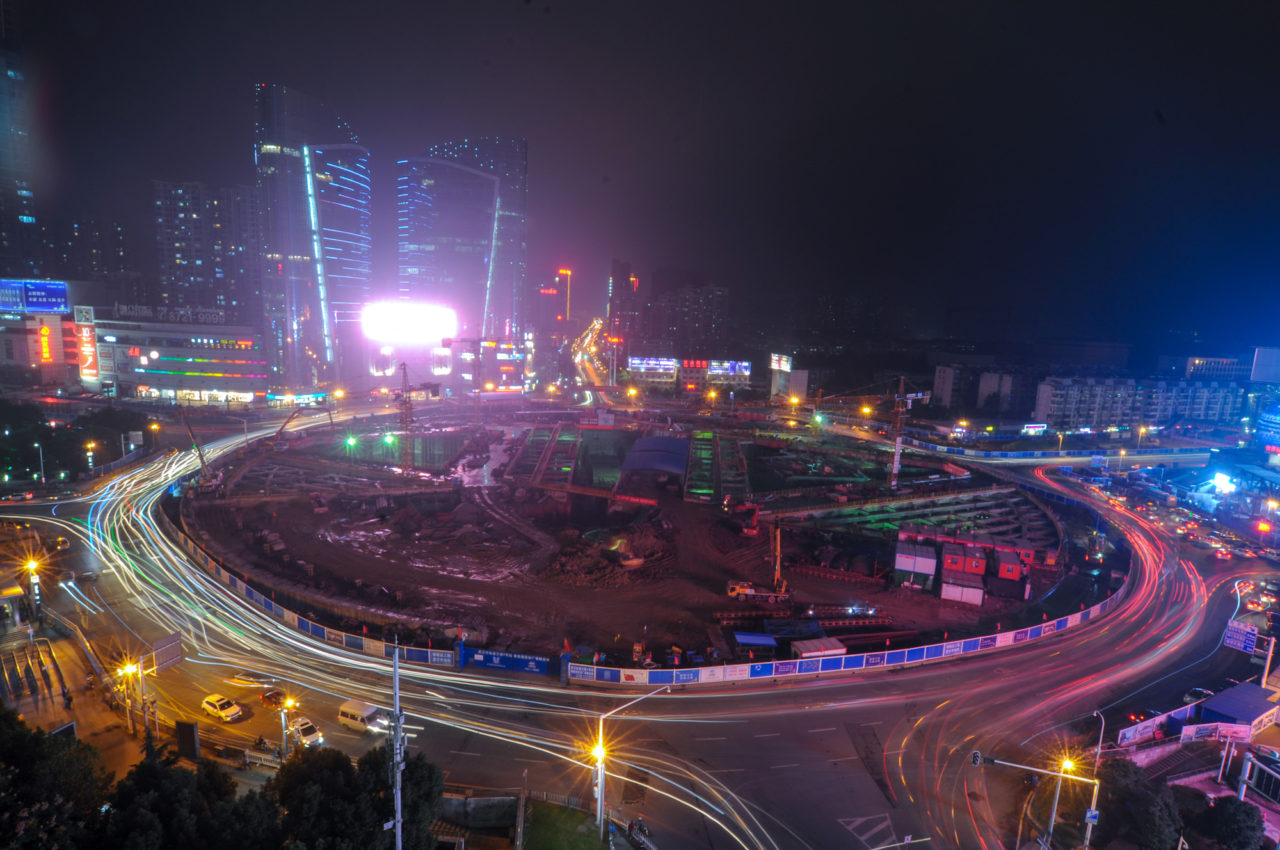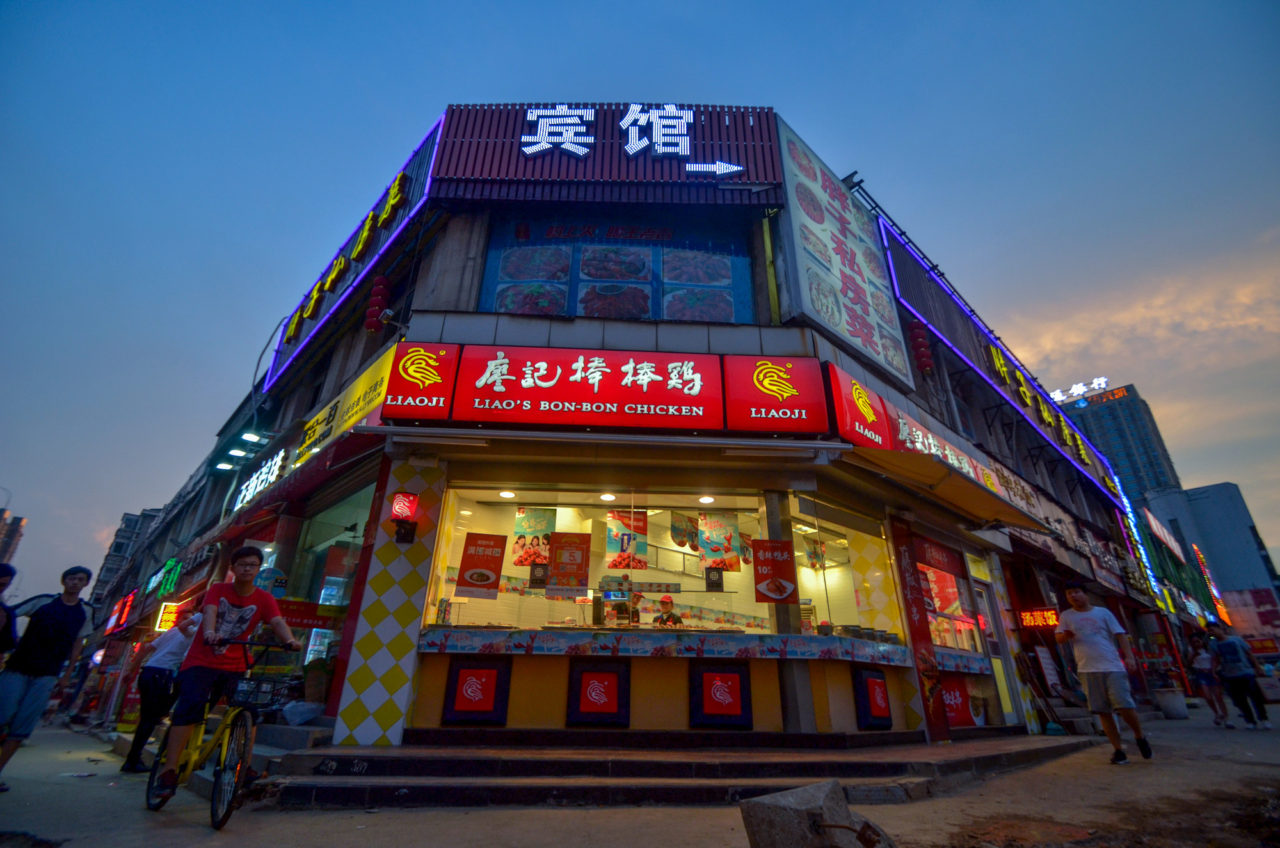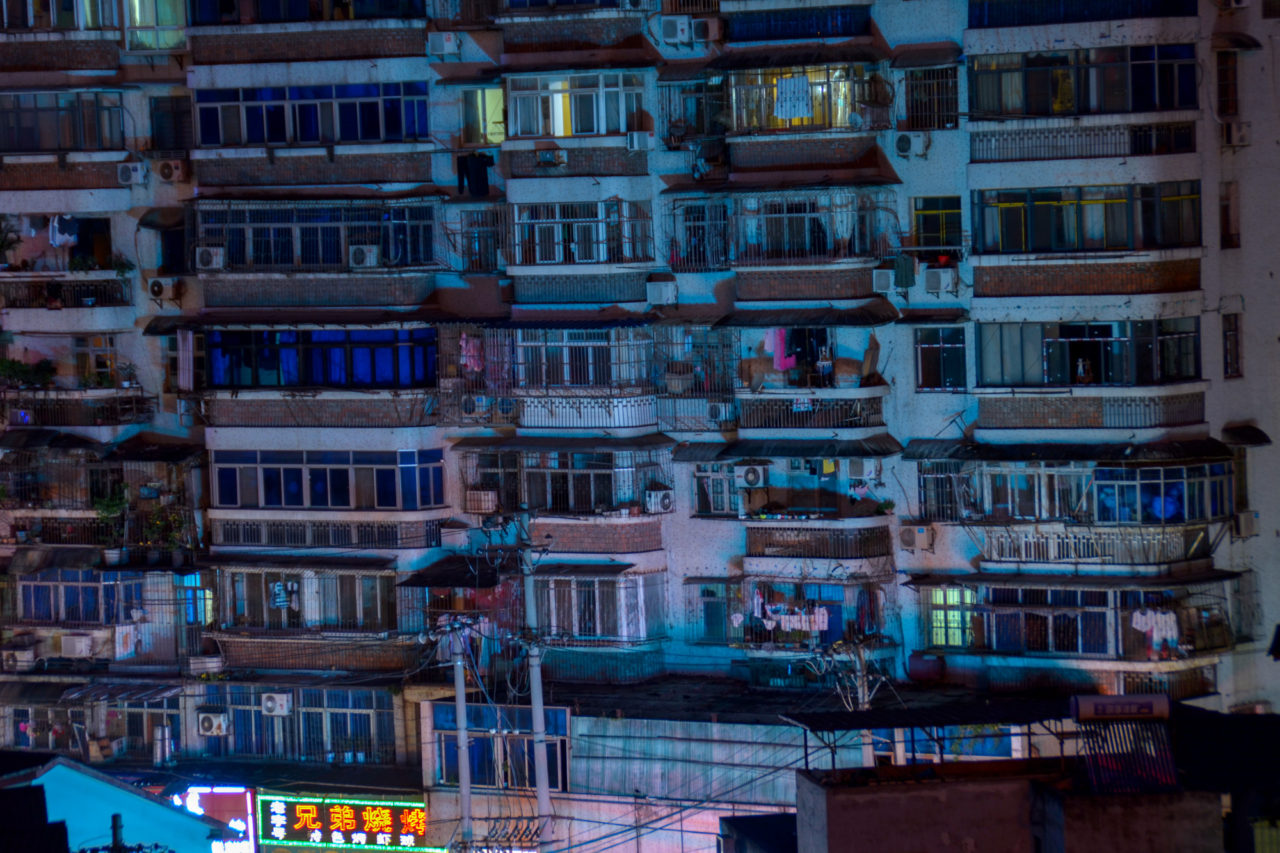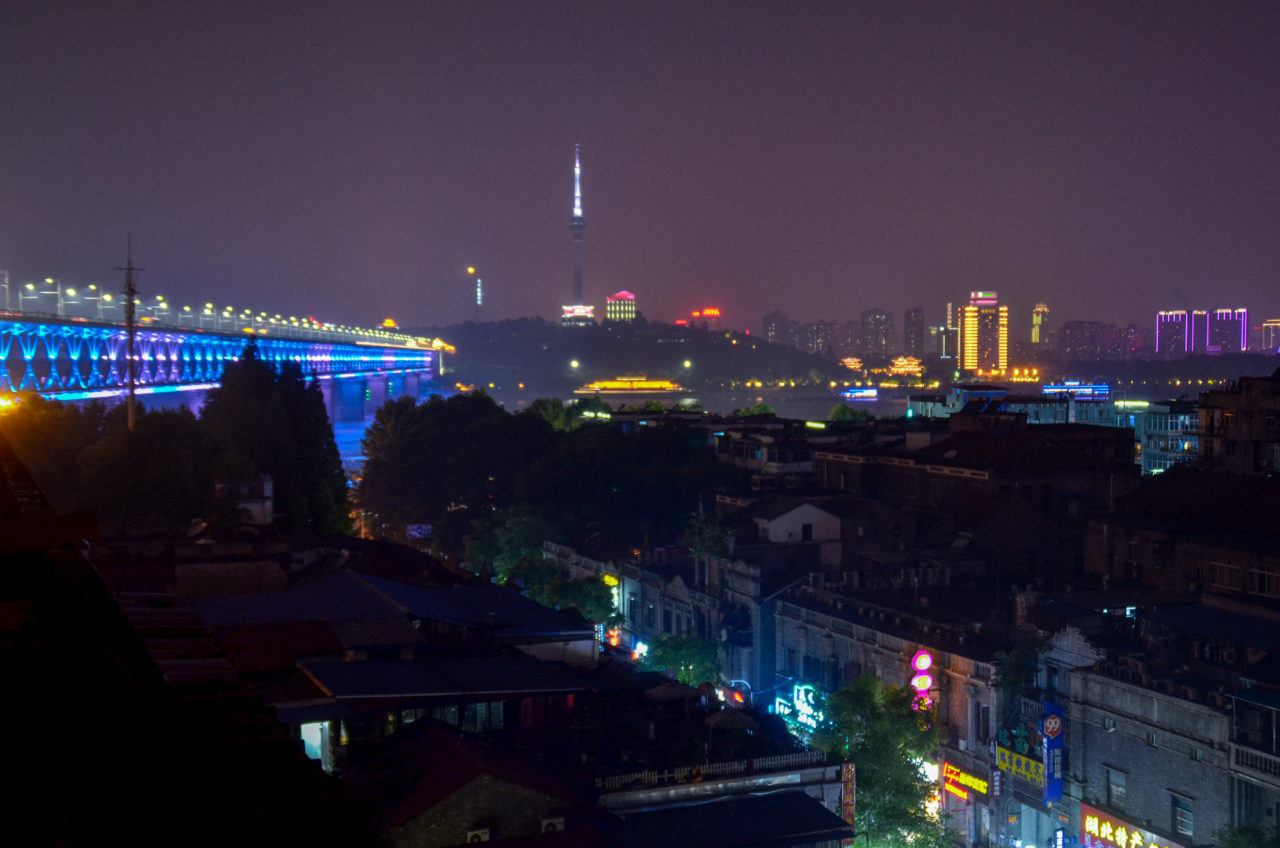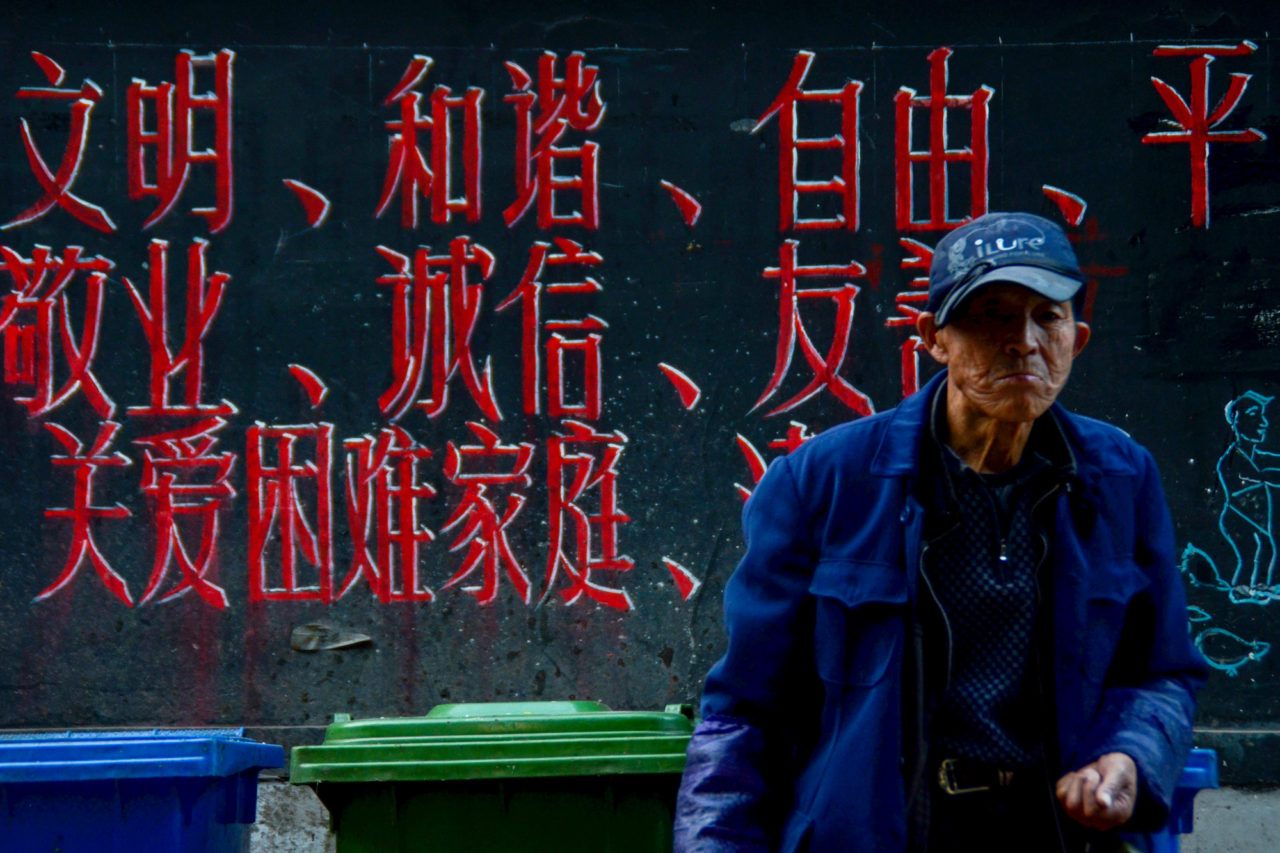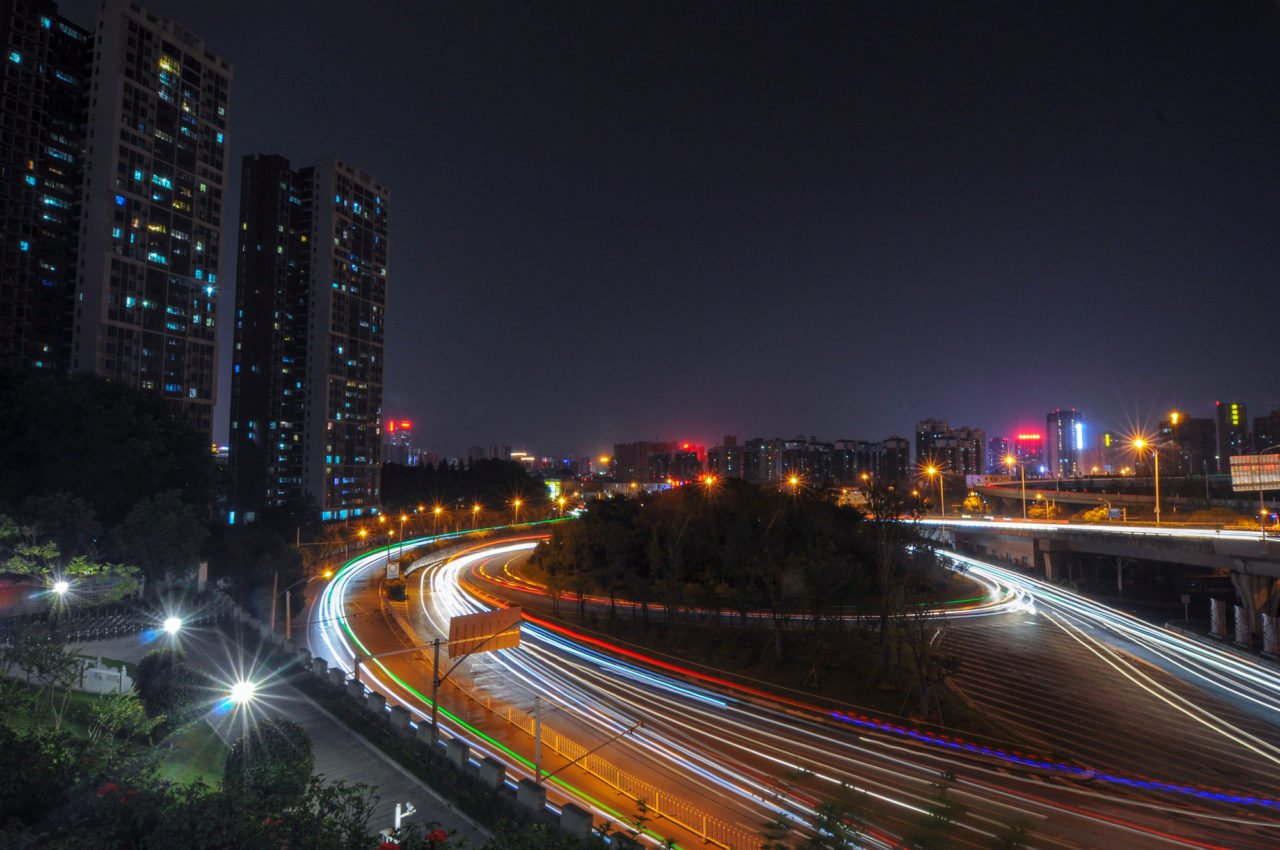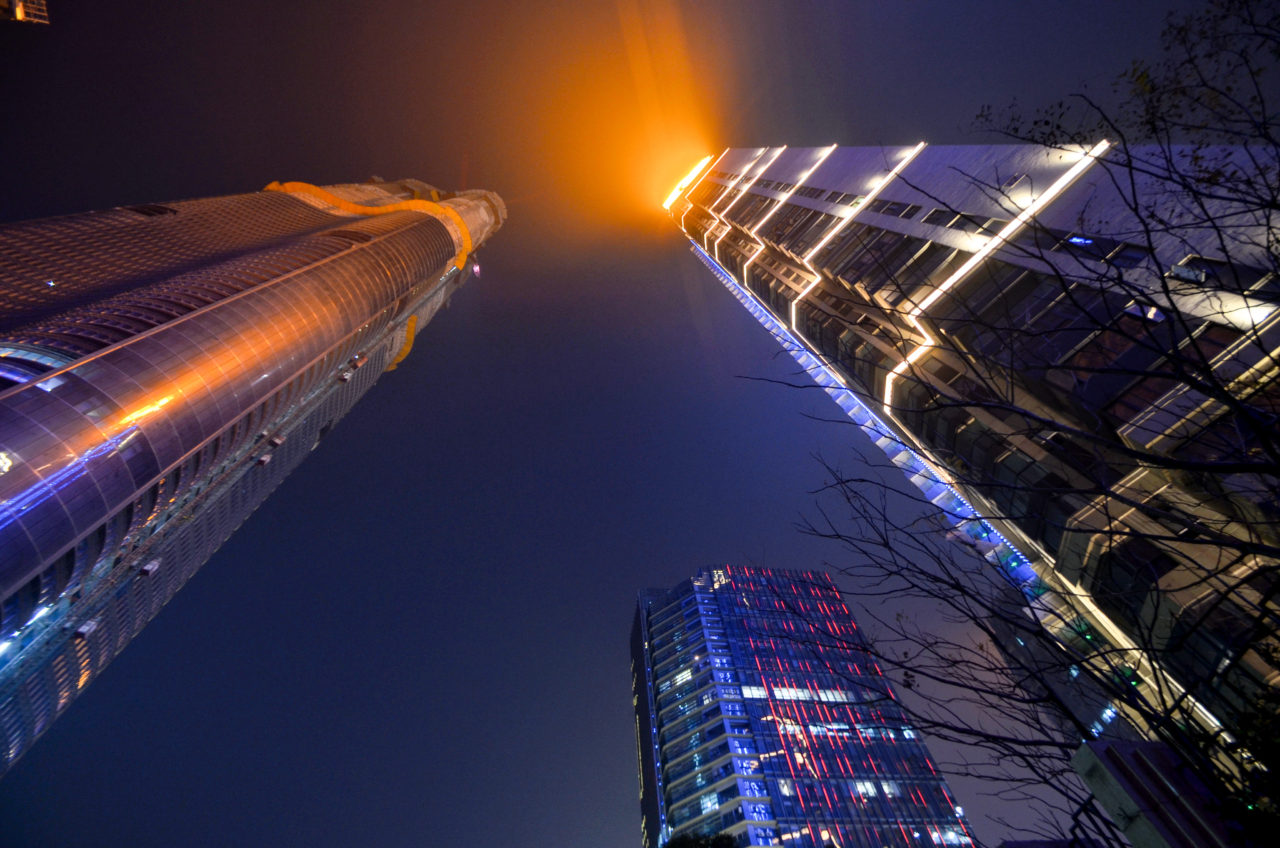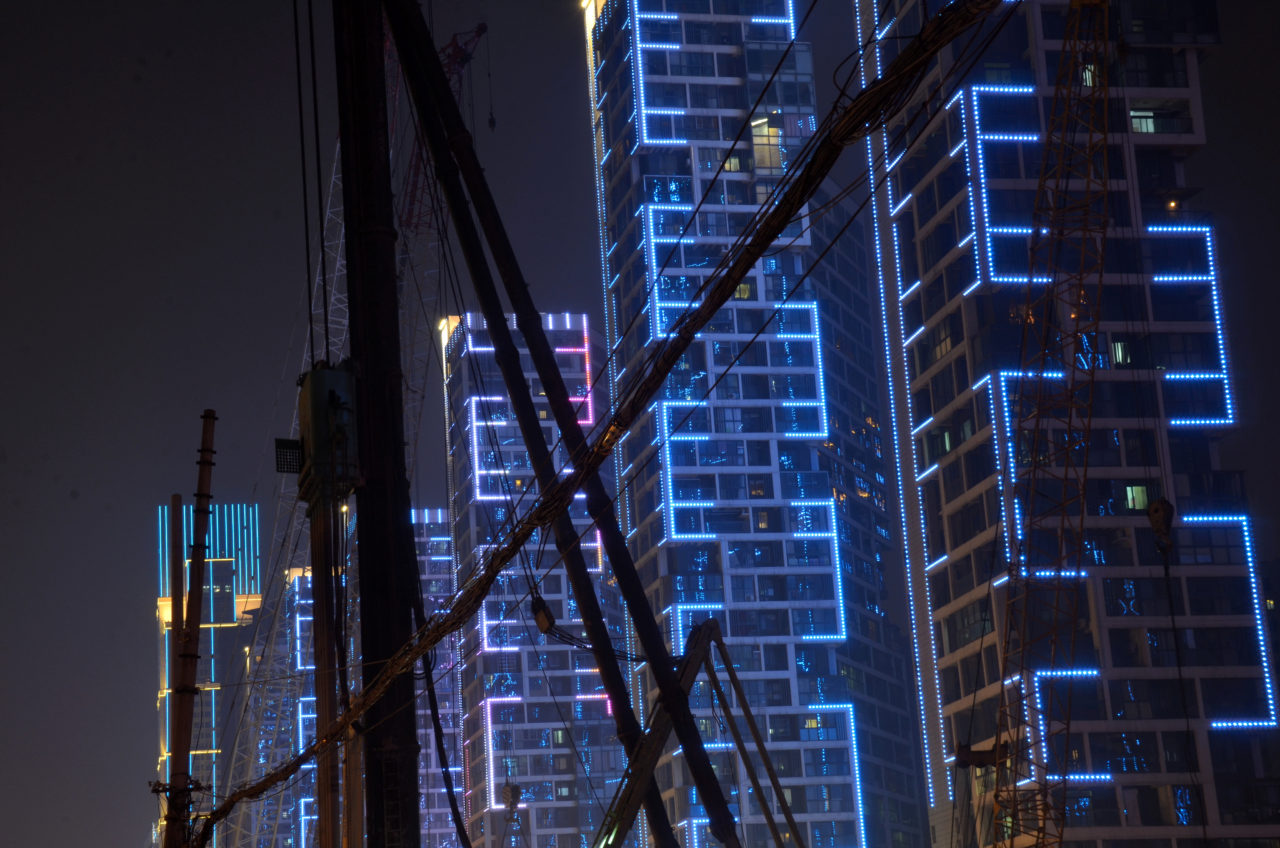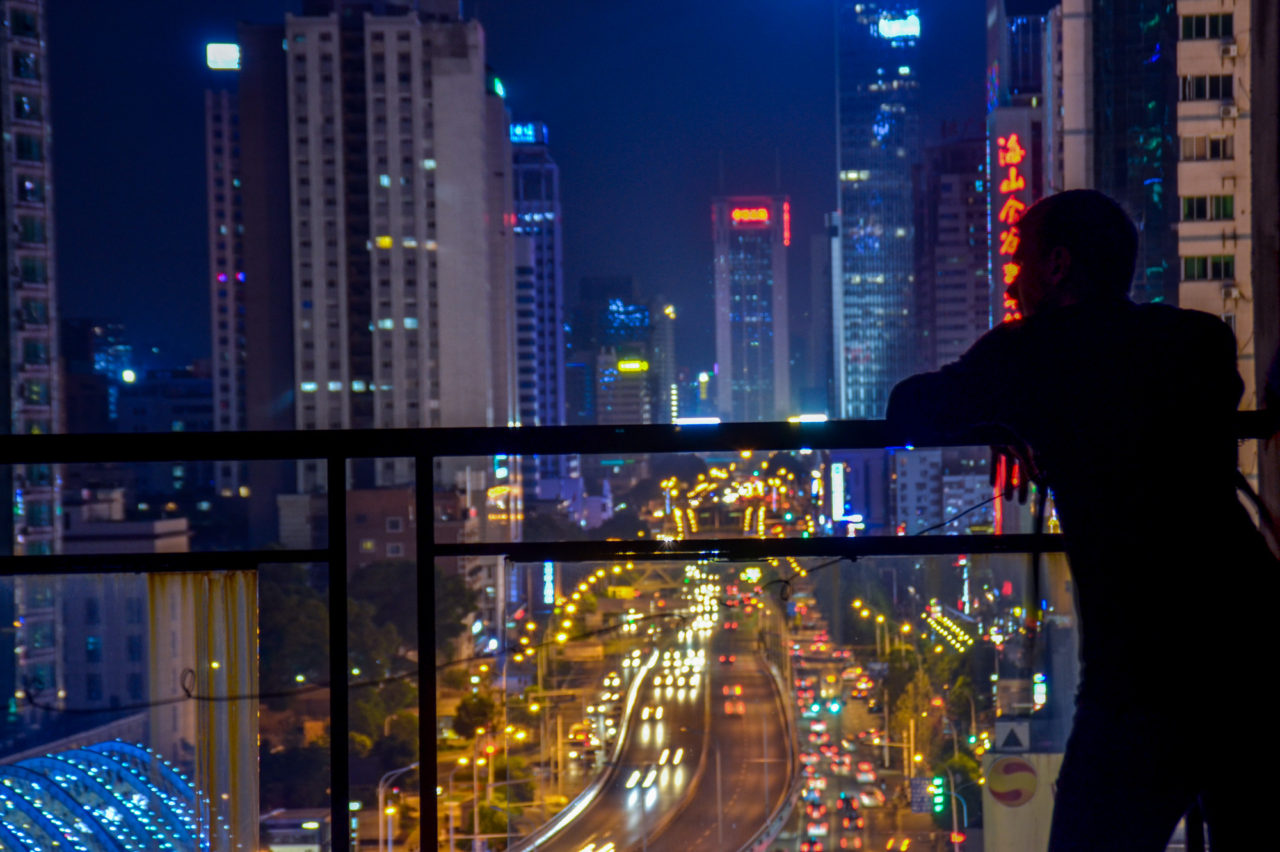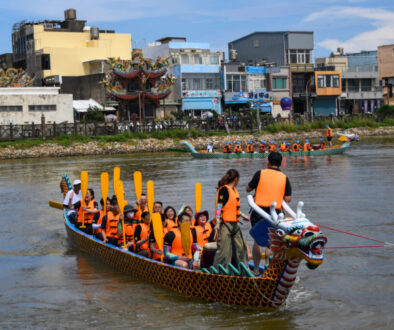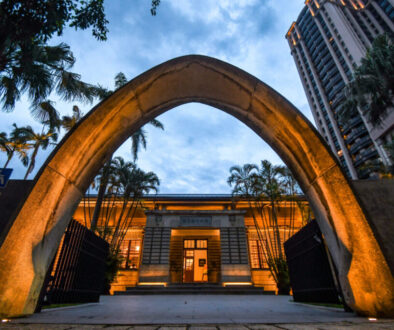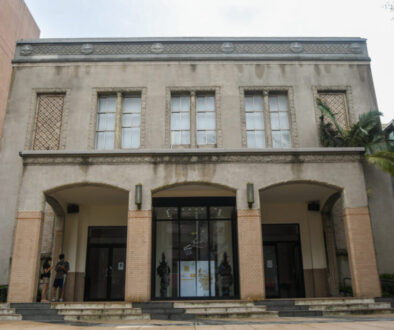Finding Downtown Wuhan
Wuhan’s Good Side
Wuhan is a city which is time and time again overlooked by both foreigners and Chinese alike. From just searching what to do in Wuhan online, you will find nothing but a handful of museums, temples, and the Yellow Crane Tower.
The true soul of Wuhan can not be found on some online top ten-post, but in its alleyways which snake through the city. Dystopian, futuristic, authoritarian, traditional, and lawless are just a few of the words which can be used to describe the true essence of Wuhan.
Wuhan is massive. Due to the towns of Hankou, Wuchang, and Hanyang joining together to make up what we now know as Wuhan, this is the largest city in China in terms of land area. In order to properly enjoy Hubei’s capital, you will first have to get lost in its alleyways.
This is a guide which will show you some of the best starting points to help you discover what makes Wuhan truly special.
Looking to get off the beaten track around the Yellow Crane Tower? Read more here!
Jianghan Road 江汉路
Jianghan Road is Hankou’s answer to Beijing’s Wangfujing and Shanghai’s Nanjing Road. While you may not find scorpions on a stick as you would in the capitol, Jianghan Road does offer loads of old French concession architecture and shops which sprawl out across the area.
You can find the same brand name stores which line Jianghan Road in nearly any corner of China. It is the dim alleyways where you will discover what the local’s dub “Old Hankou”. Unlike most of the Mainland, Hankou is one of the few places where you can feel the essence of traditional China. This feeling can only be replicated in places like Taiwan and Hong Kong.
Unfortunately, many of these more historic neighborhoods have met the wrecking ball in recent years, adding to the gradual gentrification of the city. You will still be able to find several enclaves which have been granted special heritage status, thus preserving what makes Hankou so unique.
Some other places to explore around Jianghan Road are:
- Baocheng Road Night Market 宝城路夜市
- Dazhi Road 大智路
- Hankou Jiangan 汉口江滩
- Xunlimen 循礼门
- Jiefang Park 解放公园
Another great place to check out off the beaten path in Wuhan is the abandoned Wanguo Park!
Wangjiadun 王家墩
Just northeast from the night markets of Jianghan Road, the traditional architecture of the French concession transforms into high rise apartments and wide boulevards. While this area may seem to lack the charm and history of old Hankou, it still hides beautiful parks and neon light sky scrappers.
Along the banks of Xibei Lake, you can find a popular watering hole for both locals and expats. These bars overlook a small yet gorgeous lake which mirrors all of the surrounding twinkling towers and mega screens.
Just a short walk away from the lively sports bars and restaurants, you will find Lingjiao Lake. Rather than having a mix of Chinese and foreigners drinking at pubs, this is a park which you will find to be authentically Chinese. From grannies dancing to country pop to uncles playing chess, although just minutes away from Xibei Lake, Lingjiao park couldn’t be more different.
Some places to explore around Wangjiadun are:
- Xibei Lake 西北湖
- Lingjiao Lake 菱角湖
- Zhongshan Park 中山公园
Looking for more things off the beaten track in Wuhan? Check out Hanyang’s abandoned water park!
Han Road 汉街
On the other side of the river Han Road is, yet again, another major shopping street in Wuhan. Attempting to blend both European architecture with elements of traditional China, Han Road is an area which most locals love to hate. Much like Jianghan Road, you will find the same brand name stores and overpriced restaurants luring in sheep-like shoppers into their hold.
Han Road is a place which you have to step back to truly appreciate. Up close you will find nothing but H&M and KFC. From the proper vantage point, however, you can see the blaring red lights of Han Theatre and the crystal colors of the Zhongbei Ridge illuminate the night.
Some places to explore around Han Road are:
- Shuiguo Lake 水果湖
- East Lake 东湖
- Sha Lake 沙湖
- Hubei Library 湖北图书馆
- Hongshan Square 洪山广场
Another place off of the beaten path in Wuhan is the hidden Iron Buddha Temple!
Hongshan Square 洪山广场
Just up the road from Han Road, you will find the massive Hongshan Square. Just by looking at this huge open space, one can see how at one time city planners were envisioning this to be the heart of modern Wuhan. Being a transit station between both line 2 and line 4 on the Wuhan Metro, builders also constructed a honey-comb sprawling mall under the surface.
For the time being, the city square and the subterranean mall below remain deserted. As the city continues to complete its extensive subway network, Hongshan Square may finally be able to reach its full potential. For now, this area exists as a neon light failed dream.
Some places to explore around Hongshan Square are:
- Zhongnan Road 中南路
- Hongshan Park 红山公园
- Wuhan University 武汉大学
The best time to visit Wuhan is during the cherry blossom festival, read more here!
Jiedao Intersection 街道口
Little known to the rest of the world, Wuhan has more university students than any other city on the planet. High school graduates from across the country flock to Wuhan to get both a quality and cheap education. With so many young people, you can expect that there will be plenty of malls and hangout spots around the city.
Smack in between Wuhan and Huashi Universities, Jiedao Intersection has been transformed into a hub for upscale shopping, games, dining, and coffee shops. More than anything else, it is just the perfect place for students to just hangout.
Some places to explore around Jiedao Intersection are:
- Xiongchu Avenue 雄楚大道
- Wuhan University 武汉大学
- Huashi University 华师大学
- South Lake 南湖
- East Lake 东湖
- Guangba Road 广八路
Looking to take a day trip out of Wuhan? Be sure to check out Xiangyang!
Optics Valley 光谷广场
No place is quite as congested and busy as the Optics Valley. Over the last few years, the city of Wuhan has tried its best to control the mass of people who flock to this shopping and transport hub, but progress is slow. Due to the roundabout connecting universities on the outskirts of the city to Wuhan proper, you can expect a sea of people to be shifting about the sidewalks at any given time.
Despite the mass of people, Optics Valley offers both a mix of tacky outdoor shopping areas and shiny glimmering mega malls. While the cookie-cutter malls can be found anywhere in the world, it is the obscurity of the walking streets which attracts people to this area.
From an enormous European style street which echos scenes from Disney’s Epcot to gigantic neon-lit spheres, the Optics Valley is a place which you have to see to believe. While much has been torn down in recent years to help accommodate traffic and Wuhan’s swelling population, we can only hope that the Optics Valley will keep its tacky charm.
Some places to explore around the Optics Valley are:
- Lumo Road 鲁磨路
- Huquan Road 虎泉街
- Spanish Street 西班牙风情街
- Fengzhi University 纺织大学
- University of Nationalities 中南民族大学
- Mo Hill 磨山
- Wuhan Botanical Garden 武汉植物园
Looking for a day out of the city? Check out traveling to Sanxiarenjia!
Simen Intersection 司门口
Other than Old Hankou, the area around Simen Intersection is one of the only places in Wuhan where you can spend days getting lost in the alleyways and mazes of the old city. Home to one of the most touristy streets in Wuhan, Hubu Alley, the true beauty of this area is found in some of the more decrepit neighborhoods.
Traditional markets can be found hidden behind street corners. Neighborhoods lay abandoned with terracotta roofs slowing caving in on itself. Some of these otherwise drab neighborhoods have even been blessed with a splash color in the form of graffiti from local youth.
While exploring in the shadow of the looming Yellow Crane Tower, you may even stumble upon other forgotten relics of Wuhan’s ancient past. Way off the tourist trail you can find the rebuilt walls of old Wuhan. Offering stunning views of the city and the Yangtze River, the Revolutionary Gate is a gem hidden in plain sight.
Some places to explore around Simen Intersection are:
- Hubu Alley 户部巷
- Tanhualin 昙华林
- Shouyi Square 首义广场
- Revolutionary Gate 起义门
- Desheng Bridge 得胜桥
- Yangtze River Bridge 长江大桥
Want to travel to another city off the beaten path in China? Check out Yulin!
Greenland Center 绿地中心
As Wuhan attempted to put itself on the map by creating a goliath of a skyscraper, bureaucracy flung a stone into the cities plans at building the world’s second-tallest tower. Due to airspace regulations, construction on this mammoth structure has been stalled. Architects and engineers are now in the process of cutting down this tower of babel down 500 ft.
With a beacon shining like the ominous eye of Sauron, Greenland Tower stands alone on the outskirts of Wuhan. At the monolith’s base are loads of shops and restaurants open for business. Even apartments have been erected in the area, preparing for the oncoming tide of hopeful residents looking to live in the shadow of this gleaming pillar. Only one thing is missing: people.
Due to construction being halted, workers in the restaurants surrounding the Greeland Tower will have to twiddle their thumbs a bit longer while waiting on customers. For the time being, the area surrounding the Greenland Tower has almost a Blade Runner or cyberpunk vibe. Add in the fact that the neighborhood is completely devoid of people, and you are in for a truly bizarre adventure.
Read about traveling from mainland China to Taiwan by ferry here!
What is Wuhan Famous For?
Even locals in Wuhan fail to see the beauty of their own city. Even by Chinese standards, Hubei’s provincial capital is considered a rough city. Many students coming from other cities throughout the country dread coming back to Wuhan after their summer vacations. Due to the aggressive nature and eccentric nature of many local Wuhanese, visitors tend to shun the city altogether.
The true soul of Wuhan is found where you would least expect it. In the solemn hive-like apartment complexes and bleak back-alleys is where the city truly comes to life. It is here where you will find people playing mahjong in brightly-lit rooms which cut through the dark. As well as neon signs which create an atmosphere which is uniquely Chinese.
Many of these older neighborhoods are being torn down to make way for new glistening high-rise apartments. The “out with the old, in with the new” attitude is very reflective of the times in China. As the city continues to gut the areas which embody its own culture, it is only a matter of time before Wuhan won’t even recognize itself.

